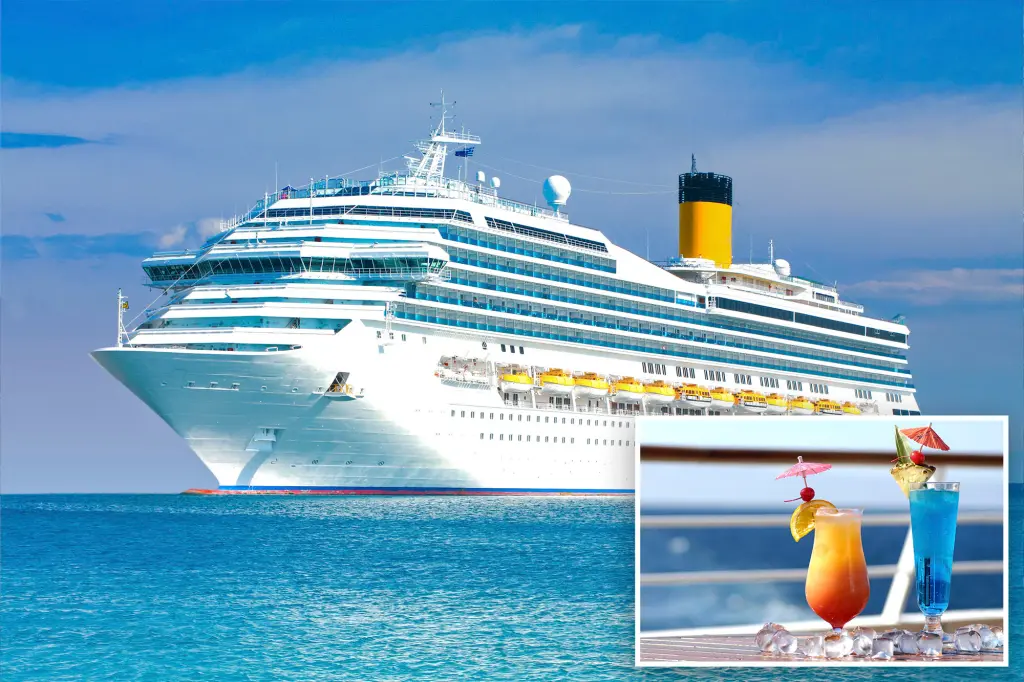The High Cost of High Seas: Cruise Passengers Fed Up with Hidden Fees
For many travelers, cruise vacations promise a dreamy escape with the allure of “all-inclusive” luxury. However, an increasing number of passengers are returning to shore with a different story—one of relentless upselling and unexpected costs that leave them feeling like their vacation was more about opening their wallets than enjoying the ocean views. A recent online discussion has revealed widespread frustration over the growing trend of “nickel-and-diming” across numerous cruise lines, with passengers comparing notes on which companies deliver true value and which seem designed to extract every possible dollar from their guests. The conversation began when one traveler shared her disappointing experience on an MSC cruise, where she felt pressured into purchasing expensive spa upgrades, sparking a flood of similar stories from fellow cruisers feeling financially ambushed during what should have been carefree vacations.
The original poster described their disheartening experiences aboard Norwegian Cruise Line ships, where seemingly simple pleasures came with unexpected price tags. They detailed how arcade games required payment despite a “daily access pass” that didn’t actually include all games. Even more frustrating was discovering that the “all-you-can-drink” package excluded many beverages, instead offering merely a “discount” on specialty drinks—a change from previous cruises when everything truly was included. This pattern of advertising inclusive experiences while hiding exceptions and add-ons left them questioning whether any cruise line could be trusted to deliver on the all-inclusive promise that draws so many to cruising in the first place. Their question resonated with hundreds of fellow travelers who shared their own experiences navigating the complex world of cruise pricing, creating a valuable resource for anyone planning their next ocean adventure.
The community consensus quickly identified clear winners and losers in the all-inclusive cruise experience. Norwegian Cruise Line (NCL) received particularly harsh criticism, with one passenger bluntly stating it was “the worst” compared to Carnival and Royal Caribbean. In stark contrast, luxury cruise lines emerged as the heroes of transparent pricing, albeit at a higher initial cost. Passengers who had sailed with Regent, Seabourn, Windstar, and Cunard reported refreshingly straightforward experiences with virtually no upselling tactics. These premium lines appear to have embraced a different business model: charge more upfront but include nearly everything, eliminating the constant barrage of additional charges that plague budget-conscious travelers on mainstream lines. Viking Cruises also earned praise for its clear pricing structure, even though shore excursions typically cost extra—a common practice across most cruise lines.
Among the more affordable options, Virgin Voyages stood out as a pleasant surprise for many travelers. Passengers reported that Virgin eliminates gratuities and includes all specialty dining in the base fare—a rarity in the industry. While they don’t offer traditional drink packages and some premium dining options exist, approximately 98% of food options come at no additional charge. Disney Cruise Line similarly earned positive reviews for its straightforward approach, with free sodas, complimentary room service, and minimal upselling. One passenger noted that their only additional purchase was a WiFi package, making their vacation budget refreshingly predictable. These examples suggest that while luxury lines offer the most comprehensive inclusion, some mainstream options still provide value without constant additional charges, giving budget-conscious travelers viable alternatives to the nickel-and-diming experience.
Seasoned cruisers offered practical advice for those looking to avoid financial surprises, emphasizing that expectation management is key to enjoying budget-friendly cruise options. They acknowledged that all mainstream cruise lines will attempt to generate additional revenue through upselling, but passengers maintain the power to simply decline these offers. Setting clear spending limits before boarding and sticking to them emerged as the most effective strategy. Some recommended researching exactly what’s included before booking and budgeting for extras like specialty dining, premium beverages, and shore excursions. Others suggested taking advantage of pre-cruise promotions that sometimes include drink packages or onboard credit, effectively reducing the impact of additional charges. While luxury cruises eliminate most of these concerns with their truly inclusive pricing, they come with significantly higher upfront costs that may not fit every traveler’s budget.
Beyond financial concerns, the discussion took an unexpected turn when a cruise insider revealed some of the industry’s darker secrets. According to a TikTok creator familiar with cruise operations, ships use coded announcements to discreetly alert crew members to various emergencies—including passenger deaths—without alarming other guests. Perhaps most unsettling was the confirmation that most cruise ships are equipped with morgue facilities below deck, a necessary but rarely discussed feature given the demographic of many cruisers. This macabre revelation added another dimension to the cruise experience, reminding potential passengers that beneath the polished surface of cruise vacations lies a complex operation with procedures for handling even the most unfortunate situations. Whether navigating hidden fees or cryptic codes, cruise passengers are increasingly seeking transparency from an industry that sometimes seems designed to conceal rather than reveal. For travelers planning their next voyage, the message is clear: research thoroughly, set firm boundaries, and perhaps bring not just a physical life jacket, but a financial one as well.














